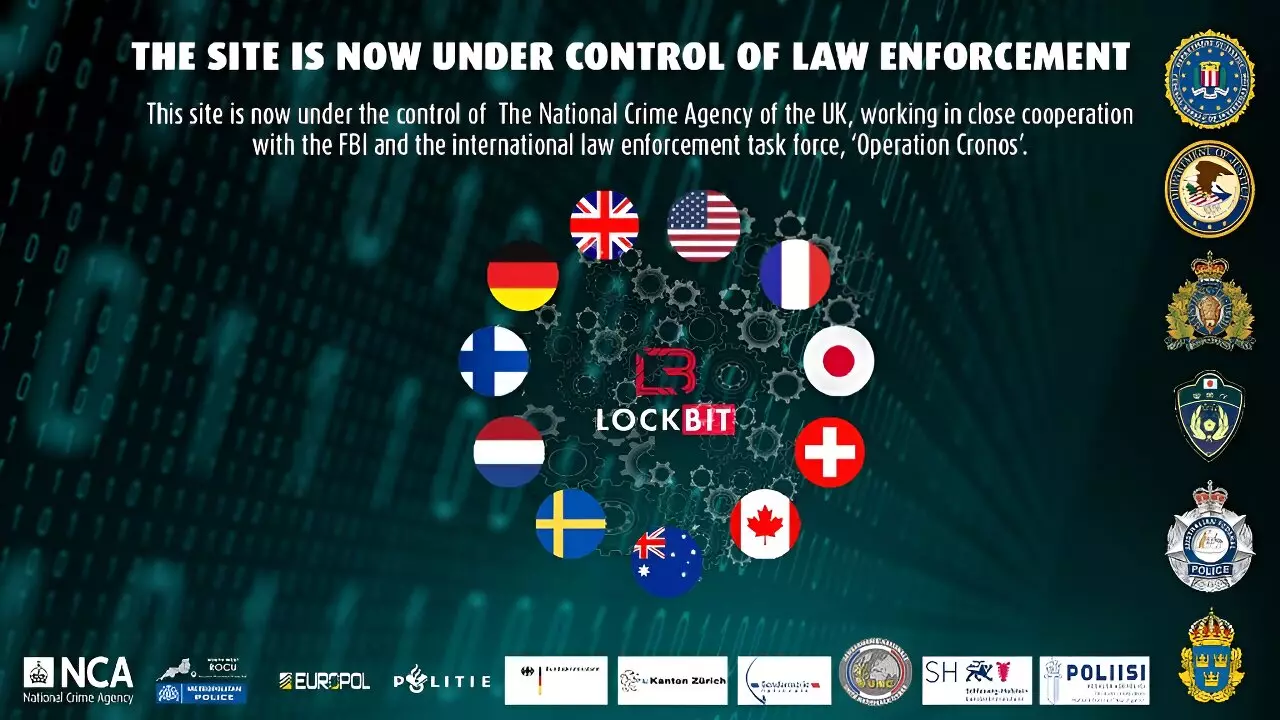In the wake of global law enforcement operations that took down prominent cybercrime gangs like LockBit, experts are warning that these criminal organizations are actively seeking to rebuild and adapt to the changing landscape. LockBit, known for developing malicious software used in ransomware attacks, was a major player in the world of cybercrime, contributing to significant disruptions in governments, businesses, and public services such as hospitals. The takedown of LockBit earlier this year, followed by another network of malicious bots, marked a turning point in the fight against ransomware. However, rather than disappearing entirely, cybercrime gangs are regrouping and reorganizing.
According to experts like Nicolas Raiga-Clemenceau of the XMCO consultancy and Allan Liska of Recorded Future, there are new and concerning trends emerging from the reshaping landscape of cybercrime. Some of the newer gangs seem to be considering threats of physical violence, in addition to traditional online intimidation tactics. This shift towards “violence as a service” poses a new level of danger, with criminals leveraging stolen personal information, such as addresses of senior executives, to intensify their threats. The evolution of cybercrime from purely digital attacks to real-world repercussions is a troubling development that experts are closely monitoring.
Since the takedown of LockBit, a dozen new cybercrime groups have emerged, showcasing their ransomware operations through extortion websites that list their victims. While the impact of these new groups remains uncertain, the sheer number of them appearing in a short period of time is unprecedented. Law enforcement efforts to dismantle cybercrime operations have forced these groups to adapt quickly and find new ways to continue their illicit activities. The urgency to stay ahead of these evolving threats is crucial in preventing further disruptions and financial losses due to ransomware attacks.
While law enforcement agencies have had success in dismantling major cybercrime operations like LockBit, the threat of ransomware attacks looms large. Recent incidents, such as the attack on a government data center in Indonesia using LockBit, indicate that cybercriminals are persistent and resourceful. The recovery of encryption keys and takeover of network services are steps in the right direction, but the underlying software and capabilities of these criminal groups remain intact. As experts warn of a potential rebound in ransomware attacks in the coming months, the need for continued vigilance and proactive measures to combat cybercrime is more critical than ever.
By staying informed and aware of the evolving tactics and strategies of cybercrime gangs, individuals and organizations can better protect themselves against these ongoing threats. Collaboration between law enforcement, cybersecurity experts, and the private sector is essential in developing comprehensive strategies to prevent, detect, and respond to cyber attacks. The fight against cybercrime is an ongoing battle, but by remaining vigilant and adaptive, we can work towards a more secure digital landscape for all.



Leave a Reply